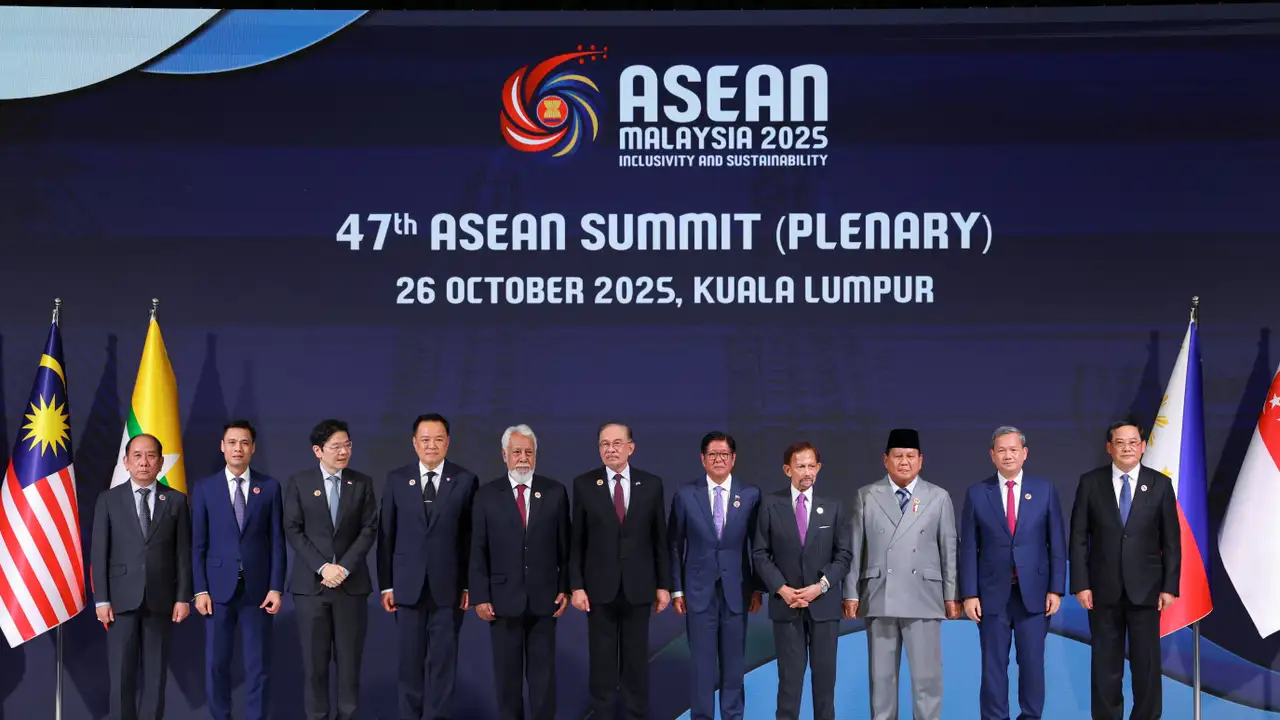One of these ASEAN leaders isn’t actually a leader — Here’s why

No major summit of world leaders is complete without a signature photo — the leaders lined up neatly, arms interlocked, smiling for the cameras.
Such was the case at the opening of the 47th ASEAN Summit on 26 October, where all 11 leaders of the Southeast Asian bloc — including the prime minister of its newest member, East Timor — gathered for the traditional handshake photo.
But one figure stood out: among the heads of state was a non-leader.
At the far end of the line stood U Hau Khan Sum, the permanent secretary of Myanmar’s Ministry of Foreign Affairs. He was there in place of his country’s leader, barred from attending.
The absence traces back to Myanmar’s turbulent recent history.
In 2021, the military seized power from the elected government, detaining Aung San Suu Kyi and installing a junta under Min Aung Hlaing. The coup sparked a civil war that has killed tens of thousands, with the military now controlling only about a fifth of the country.
Although the junta handed authority to an interim civilian government in July and announced plans for elections in December, observers warn the move could simply legitimise military rule.
ASEAN’s response has been firm. In 2021, the bloc — including Hlaing himself — adopted a five-point peace plan to end the violence and foster dialogue. Four years later, progress has been negligible.
Citing the junta’s failure to implement the plan, ASEAN has continued to bar Myanmar’s military leaders from attending high-level meetings. The country was also stripped of its turn to host the 2026 summits, a responsibility now passed to the Philippines.
Some member states have floated the idea of reintegrating Myanmar’s leadership, arguing that engagement might yield results. Yet for now, as the world’s most influential leaders gather for the 47th ASEAN Summit, Myanmar remains on the sidelines.
This story is written and edited by the Global South World team, you can contact us here.